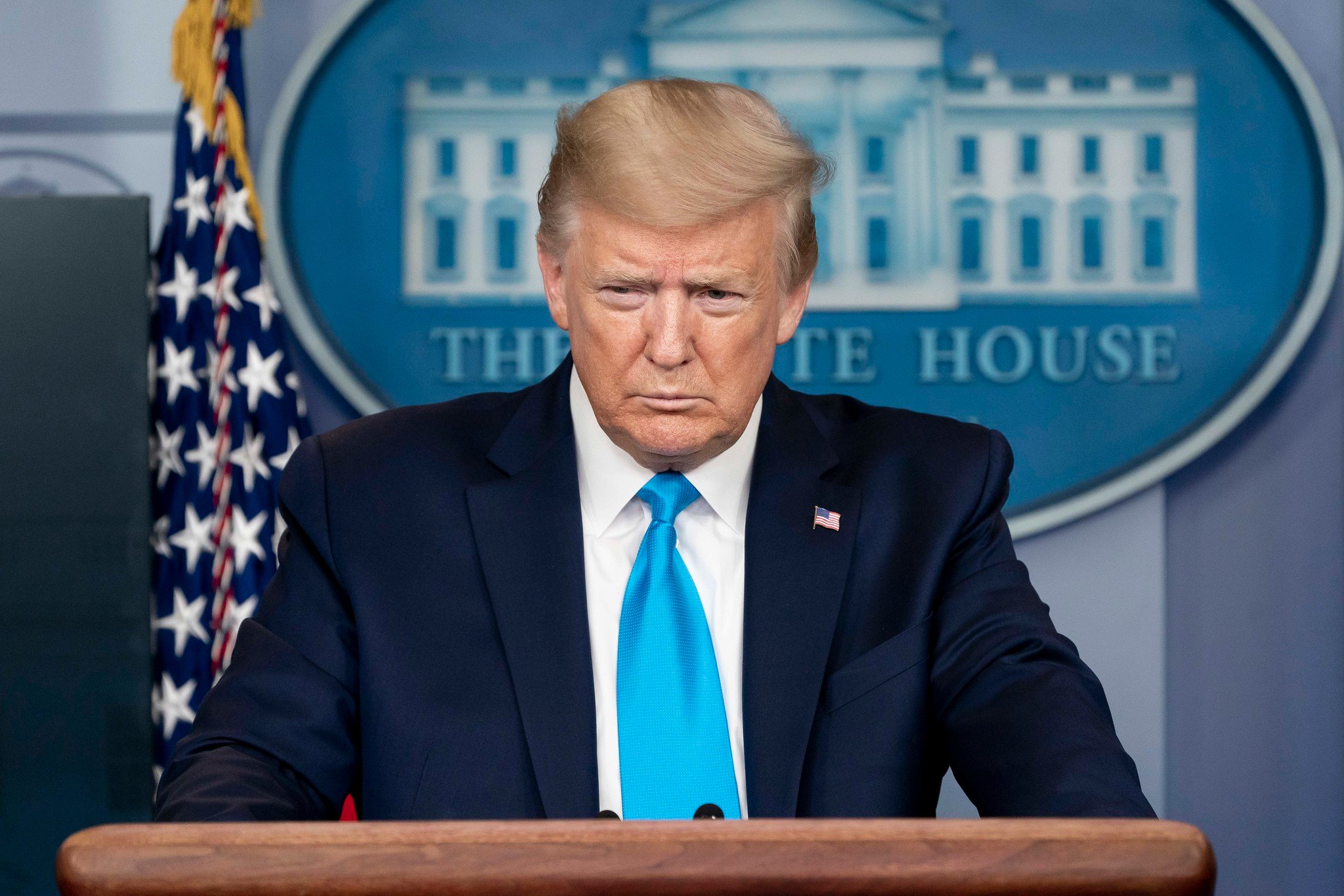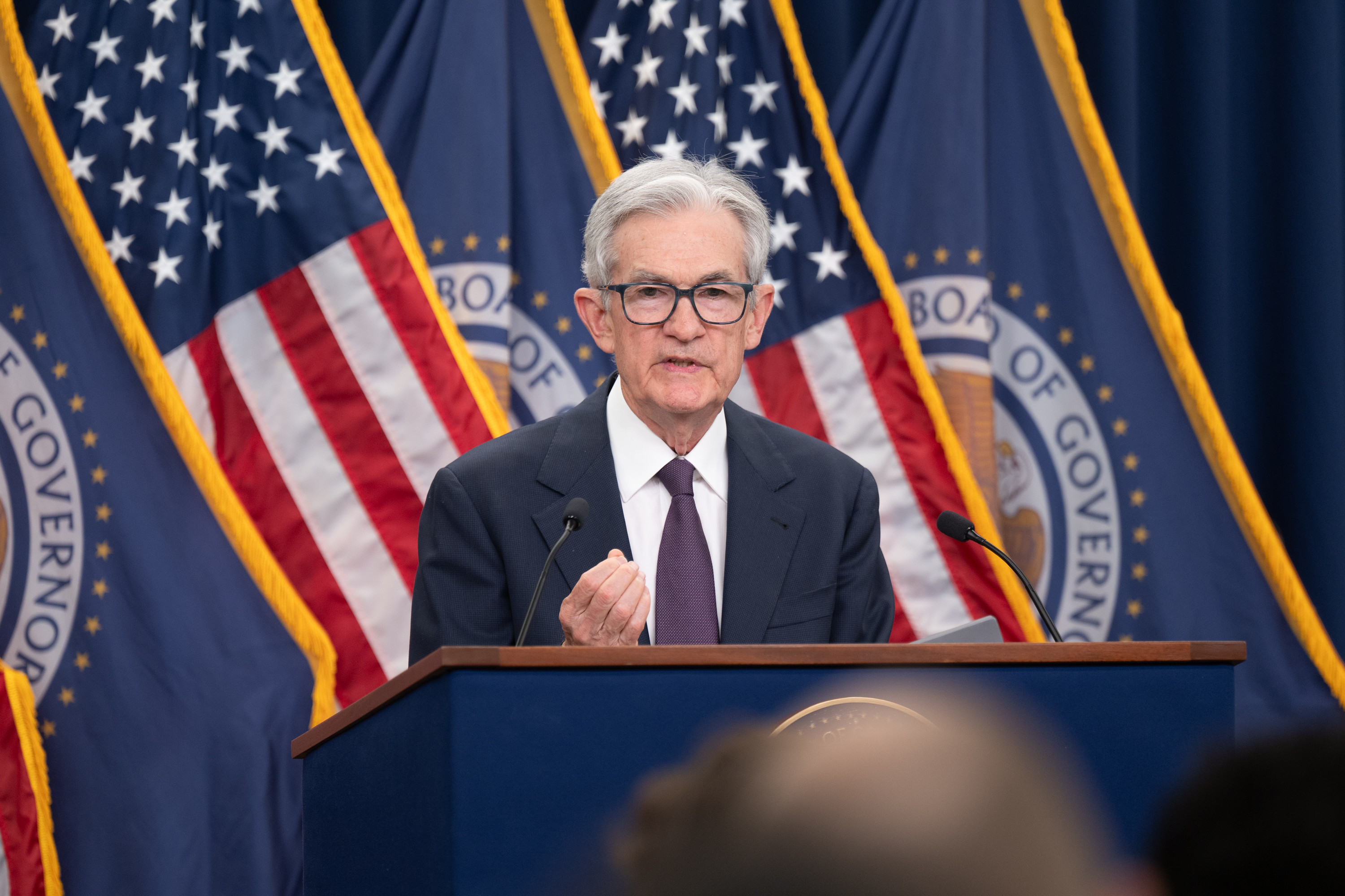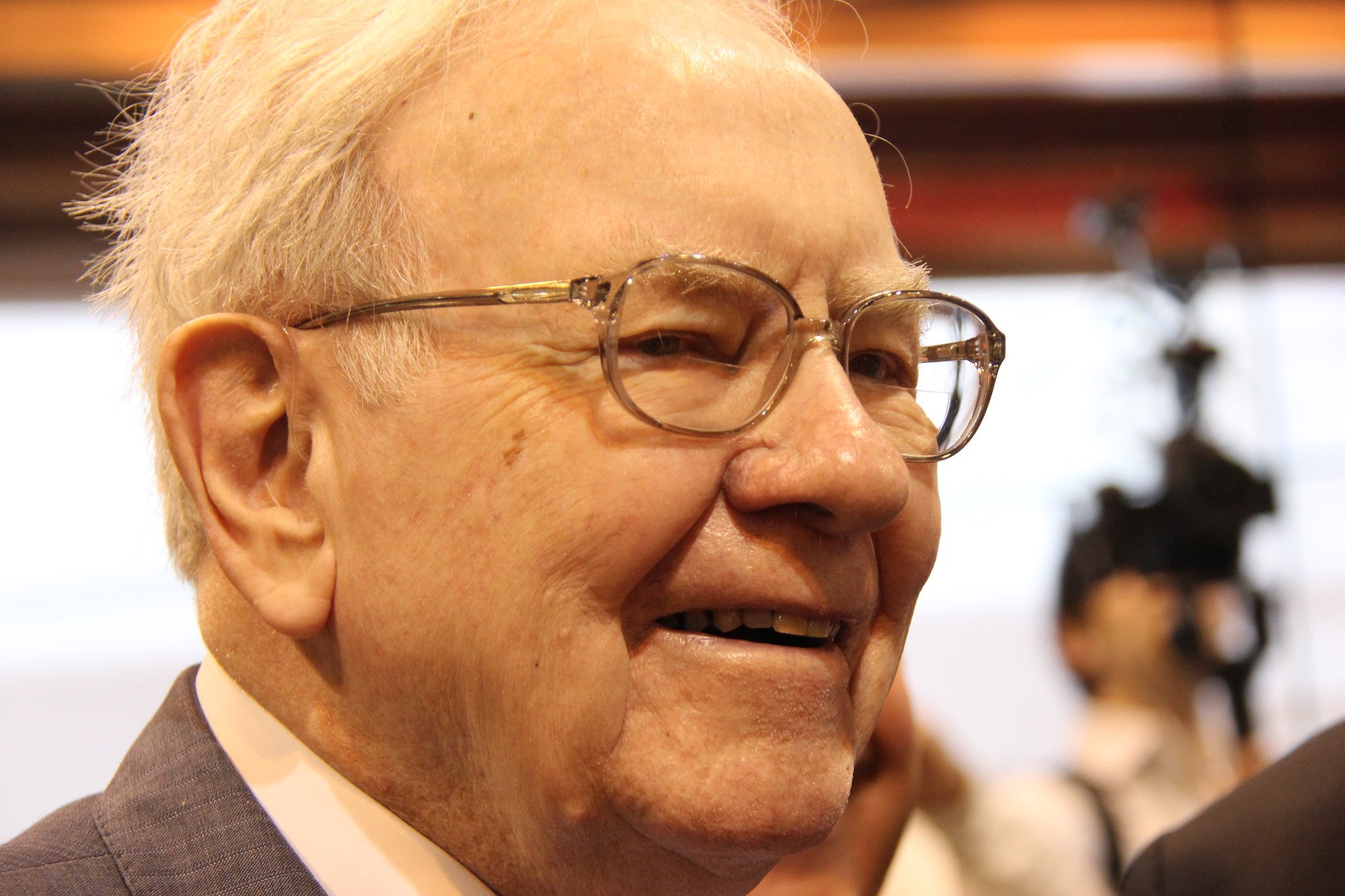The S&P 500 (^GSPC 0.20%) has added 17% this year despite crashing after President Trump announced sweeping tariffs in early April. That puts the benchmark index on course for its third consecutive year of double-digit gains.
Will the momentum carry into 2026? One Wall Street analyst says the S&P 500 could surge 30% next year under the right conditions, but another says the index could decline 30% if the economy suffers a deep recession. Read on to learn more.

Image source: Getty Images.
S&P 500 earnings are forecast to accelerate in 2026
The stock market's performance is tied to financial results, and S&P 500 companies have now reported double-digit earnings growth in three straight quarters. That hasn't happened since 2021. Better yet, Wall Street estimates earnings across the S&P 500 will increase 14% in 2026, an acceleration from 11% in 2025, according to LSEG.
That bodes well for investors. Consider the situation like this: If S&P 500 earnings increase 14% next year and every included company maintains its current price-to-earnings (PE) multiple, then the entire index will also increase 14%. Of course, valuations are elevated by historical standards, so investors should not take that outcome for granted.
The S&P 500 currently has a forward PE multiple of 22.7, a material premium to the five-year average of 19.9 and the 10-year average of 18.6, according to FactSet Research. The index has rarely been so expensive.
Evercore says the S&P 500 could soar 30% to 9,000 in 2026
Evercore analyst Julian Emanuel has outlined a base-case scenario in which the S&P 500 reaches 7,750 in 2026, which implies nearly 13% upside from its current level of 6,875. But he says the stock market could do something extraordinary next year under the right conditions.
Emanuel puts the odds at 25% that a stock market bubble pushes the S&P 500 to 9,000 in 2026. That implies 30% upside from the current level. That outcome is contingent upon artificial intelligence "lifting stocks, multiples, and society to new highs," and it becomes more likely if the Federal Reserve overstimulates the economy with interest rate cuts.
While the S&P 500 surging to 9,000 next year is certainly appealing, the prospect of a stock market bubble is worrisome. Investors should look for a specific signal. "When the bubble is full, you will hear stock speculation become the sole obsession in popular culture," according to Emanuel.

SNPINDEX: ^GSPC
Key Data Points
Morgan Stanley says the S&P 500 could fall 30% to 4,900 in 2026
Mike Wilson at Morgan Stanley earlier this year outlined a base-case scenario in which the S&P 500 pulls back to 6,500 by mid-2026. That implies about 5% downside from its current level. Wilson has also proposed a bear-case scenario in which the index plunges to 4,900 as President Trump's tariffs tip the U.S. economy into a deep recession.
That forecast is plausible. The S&P 500 has fallen by an average of 31% in past recessions. But Wilson more recently said the bear-case scenario was unlikely because earnings have been more resilient than he initially anticipated. And he expects the strong earnings growth to continue due to adoption of artificial intelligence and tax savings from President Trump's "Big, Beautiful Bill."
Here is the big picture: While some analysts have proposed extreme forecasts for the S&P 500 in 2026, the truth is likely somewhere in the middle. I think the stock market will keep moving higher so long as the economy remains healthy and earnings beat expectations. However, because the S&P 500 trades at a rich valuation by historical standards, investors should be ready for volatility or even a bear market next year.





